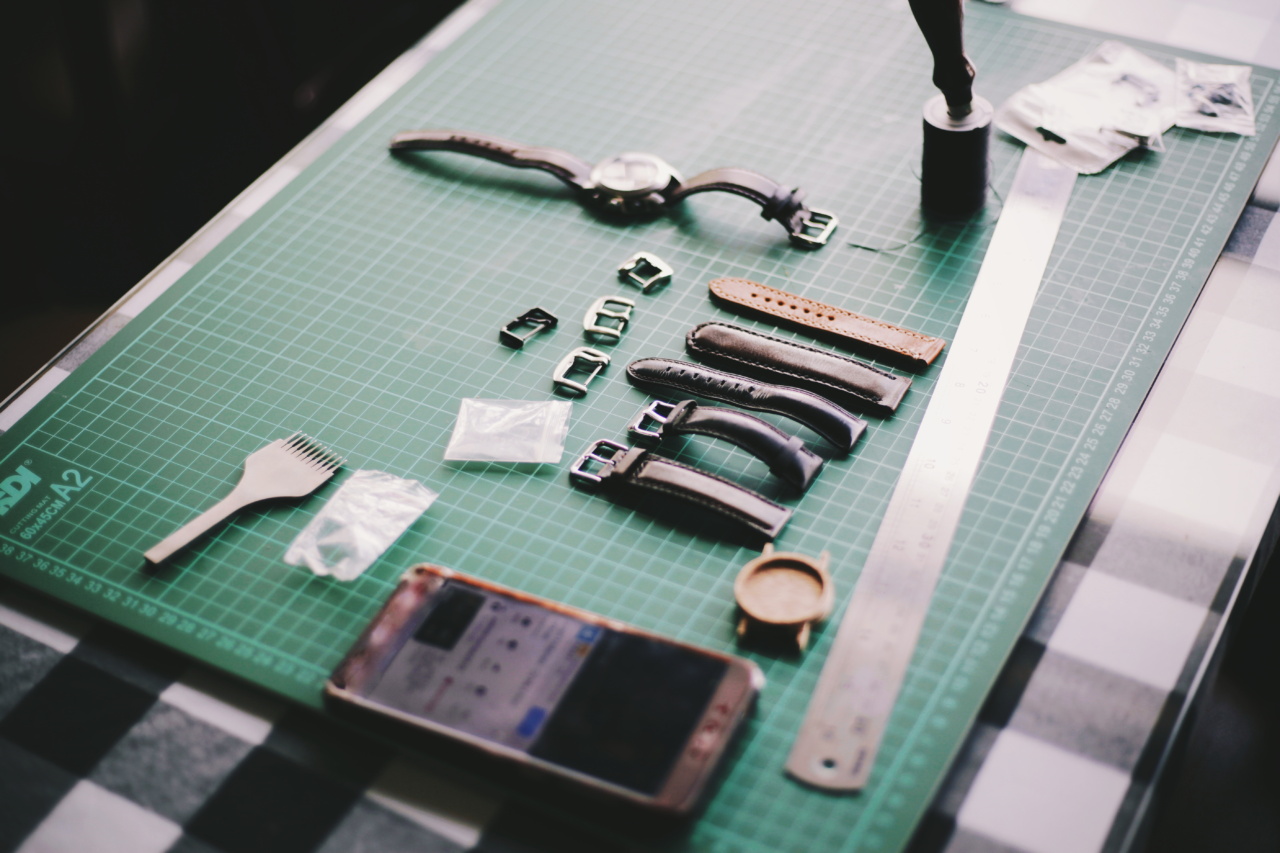When it comes to the survival of viruses on different surfaces, time plays a crucial role. The lifespan of a virus outside of a host can vary depending on various factors, including temperature, humidity, and the nature of the surface it is present on.
In the case of the Kronovirus, a novel type of virus that has emerged recently, understanding the effects of time on its survival on the skin can provide important insights for disease prevention and control. In this article, we will explore the impact of time on Kronovirus survival on the skin and discuss the implications for public health.
1. The Lifespan of Kronovirus on Skin
Research suggests that the Kronovirus can survive on the skin for different durations based on several factors.
Initial studies indicate that the virus can persist on skin surfaces for up to 9 hours, providing ample opportunity for transmission if adequate precautions are not taken. It is important to note that this time frame is an average estimate and can vary in real-world scenarios.
2. The Role of Skin Characteristics
The condition of the skin plays a significant role in the survival of Kronovirus. Skin that is dry, cracked, or damaged provides a better environment for the virus to survive compared to healthy, intact skin.
Dry skin lacks moisture, and the virus can adhere more readily to such surfaces, potentially extending its lifespan. Therefore, maintaining good skin health and hydration is crucial in reducing the risk of transmission.
3. The Influence of Environmental Factors
Various environmental factors can affect the survival of Kronovirus on the skin. Higher temperatures tend to reduce the lifespan of the virus, as heat can denature its proteins and genetic material.
Conversely, colder temperatures allow the virus to survive for longer periods. Humidity also plays a role, as lower humidity levels tend to favor virus survival. It is important to be aware of these factors and take appropriate measures to minimize the risk of transmission.
4. Time-Based Transmission Risk
The longer Kronovirus persists on the skin, the greater the potential for transmission. As time progresses, the likelihood of accidental contact with contaminated skin increases.
Therefore, it is essential to practice regular hand hygiene and avoid unnecessary contact with potentially contaminated surfaces to minimize the risk of contracting or spreading the virus.
5. The Importance of Proper Hand Hygiene
One of the most effective ways to mitigate the risk of Kronovirus transmission is by practicing proper hand hygiene.
Regular handwashing with soap and water, or the use of hand sanitizers containing at least 60% alcohol, can help eliminate the virus from the skin. It is important to wash hands thoroughly, covering all surfaces including the back of the hands, between fingers, and under nails, for at least 20 seconds.
6. Impact of Time on Hand Hygiene Practices
Understanding the lifespan of Kronovirus on the skin highlights the importance of timely hand hygiene practices. If an individual touches a contaminated surface and fails to wash their hands for an extended period, the risk of transmission increases.
Timely handwashing or sanitization is essential to safeguard oneself and prevent the spread of the virus to others.
7. Implications for Public Health Measures
The knowledge of how long Kronovirus survives on the skin can guide the development of public health measures.
Institutions, workplaces, and public settings can implement stricter hygiene protocols and ensure access to hygiene facilities to minimize the risk of transmission. Additionally, providing education and awareness about the importance of hand hygiene and the effects of time on virus survival can empower individuals to take appropriate preventive measures.
8. The Need for Further Research
While initial studies have shed some light on the survival of Kronovirus on the skin, further research is necessary. Factors such as viral load, viral strain, and individual immune responses can affect its survival.
Continual research can help refine our understanding of the virus and improve preventive strategies.
9. Conclusion
Time plays a significant role in the survival of Kronovirus on the skin. The virus can persist for hours, increasing the risk of transmission.
Proper hand hygiene practices, including timely handwashing and the use of sanitizers, are crucial in reducing transmission. Environmental factors and the condition of the skin also impact the virus’s longevity. By implementing effective public health measures and continuing research, we can mitigate the risk of Kronovirus transmission and protect public health.






























